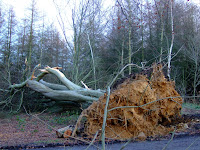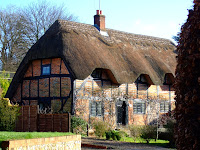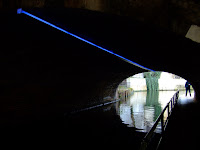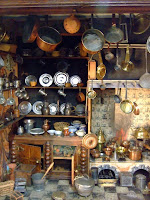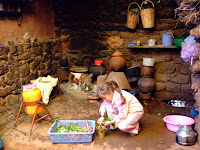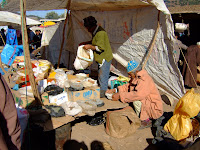 Our London walk this weekend was from Angel station down through Clerkenwell to Barbican. To be brutally honest, it was not that fantastically exciting but we did discover some new areas of London and walked past a building that we believe is used in the Hercule Poirot TV series as the building Hercule lives in.
Our London walk this weekend was from Angel station down through Clerkenwell to Barbican. To be brutally honest, it was not that fantastically exciting but we did discover some new areas of London and walked past a building that we believe is used in the Hercule Poirot TV series as the building Hercule lives in. We then made our way back to East London to finish of the section of Brick Lane that we missed on our last visit before making our way to the Whitechapel Bell Foundry.
We then made our way back to East London to finish of the section of Brick Lane that we missed on our last visit before making our way to the Whitechapel Bell Foundry.This business holds the record for the longest running manufacturing business in Britain having documented evidence from
 1570, although new research suggest the earliest records may go back to 1420. Over 500 years doing nothing other than make bells that typically don’t wear out is not a great business model in this throw-away age but they have managed it somehow, in what is now an incredibly cramped 1/3 acre site.
1570, although new research suggest the earliest records may go back to 1420. Over 500 years doing nothing other than make bells that typically don’t wear out is not a great business model in this throw-away age but they have managed it somehow, in what is now an incredibly cramped 1/3 acre site. The most famous bell they have cast is “Big Ben”, the bell that strikes the hour in the Great Clock of Westminster.
The most famous bell they have cast is “Big Ben”, the bell that strikes the hour in the Great Clock of Westminster.They have occupied the current site for over 200 years and at a casual glance one wonders if anything has changed in that time: it is so delightfully quaint and atmospheric. Of course some things have changed: concrete floors, electricity and so forth. But other things have not changed: the mixture for making the casting moulds is still sand, clay, goat’s hair and horse manure.



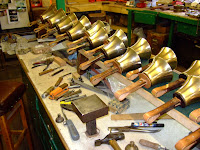
The guided tour is well worth it and our guide, who had been at the foundry at least since 1956, had an encyclopaedic knowledge of the craft and foundry history making the tour both interesting and entertaining.

